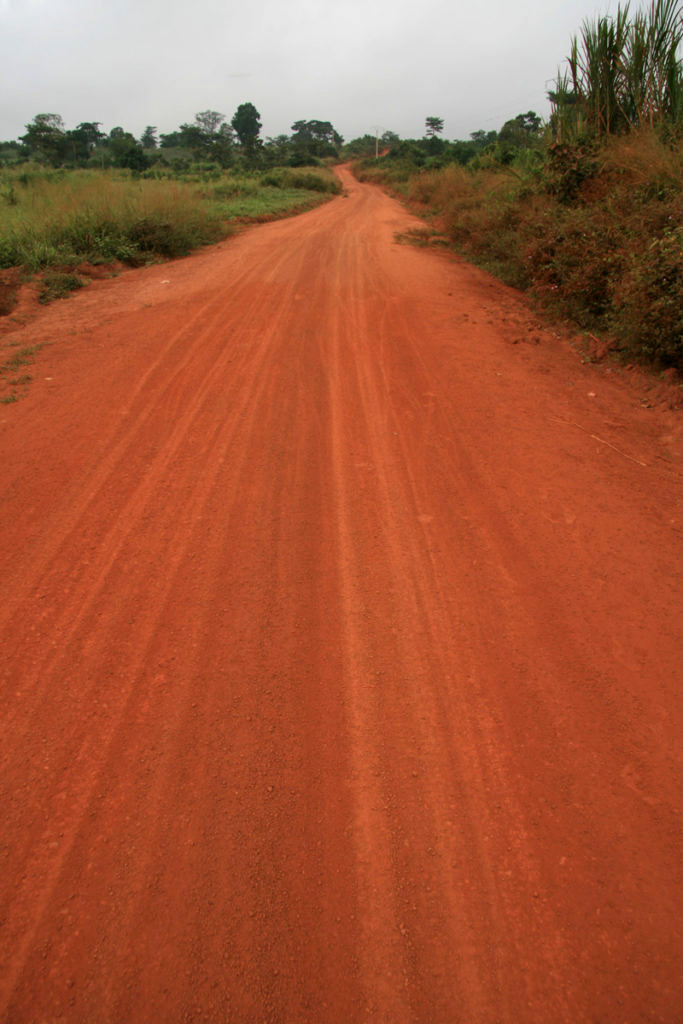
The Foundation follows the advice of qualified specialists for the identification of “forgotten peoples”. Surveys are entrusted to well-known ethnologists or students in search of an unusual subject for their doctoral thesis (upon recommendation by a university professor).
Initially, researchers will spend approximately a month in the field to familiarize themselves with the ethnic group studied. They will then have several months to prepare a second two- to three-month field stay. They will have a year to present their research with the purpose of a short publication.
Researchers will be free to include their work in a dissertation or a doctoral thesis.
Many peoples, scattered all over the world, have never been studied by ethnologists, anthropologists or qualified historians. After field studies carried out among the Gan of Burkina Faso, the Wan, Mona and Koyaka of Cote d’Ivoire, the Kalasan Batak of Sumatra (Indonesia) and the Anir Islands in southern New Ireland (Papua New Guinea), the Foundation took an interest in the Songsarek Garo of Meghalaya in northeastern India, the Tabiteuea Island in the Gilbert Islands (Micronesia), and the Na of Lijiazui living at the border between Sichuan and Yunnan in China. Surveys were also carried out among the Sudanese Jiye, in the Altai Republic (Siberia), among the Bati of Seram Island in the Maluku Archipelago in Indonesia and among the Yaure of Cote d’Ivoire. Surveys on the “women divers” (Jamnyo) of Jeju, Korea, on the Kuya of Cote d’Ivoire and on the Kararaô of Central Brazil were published these last years.
